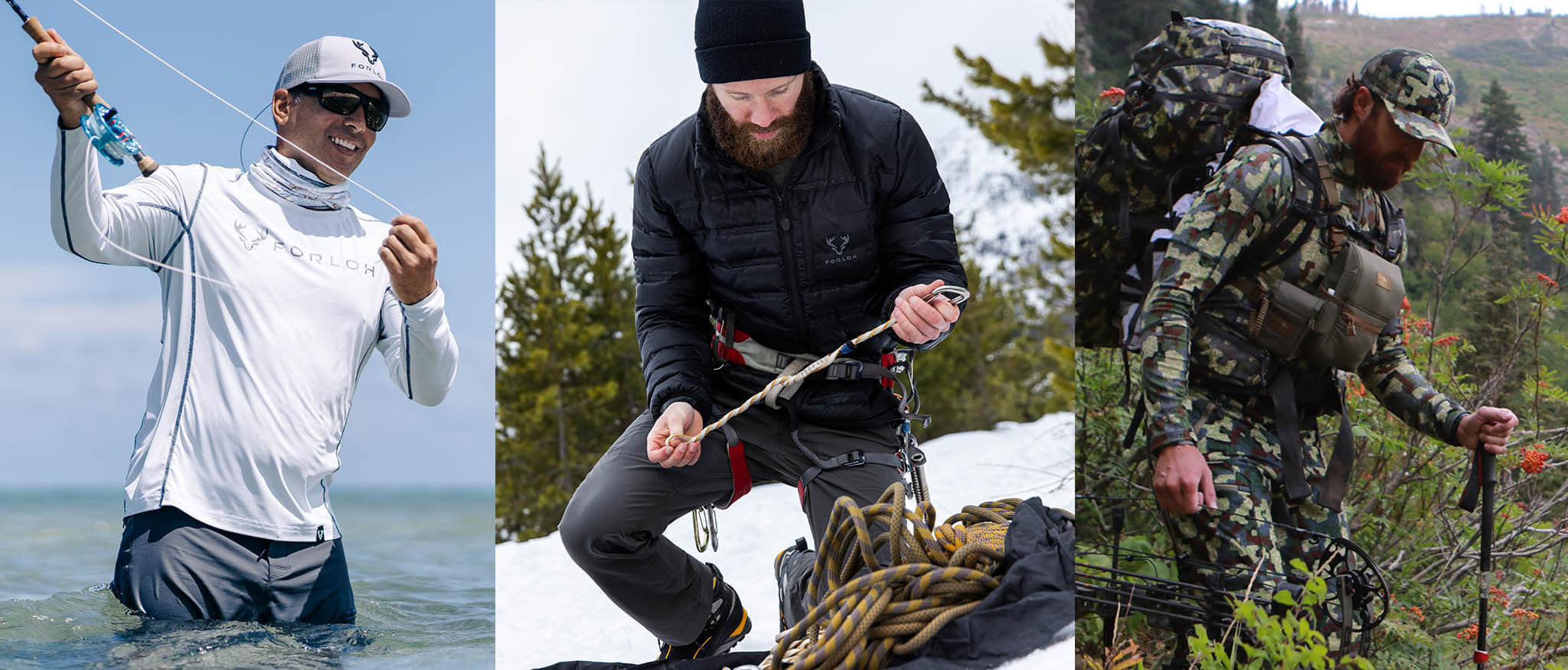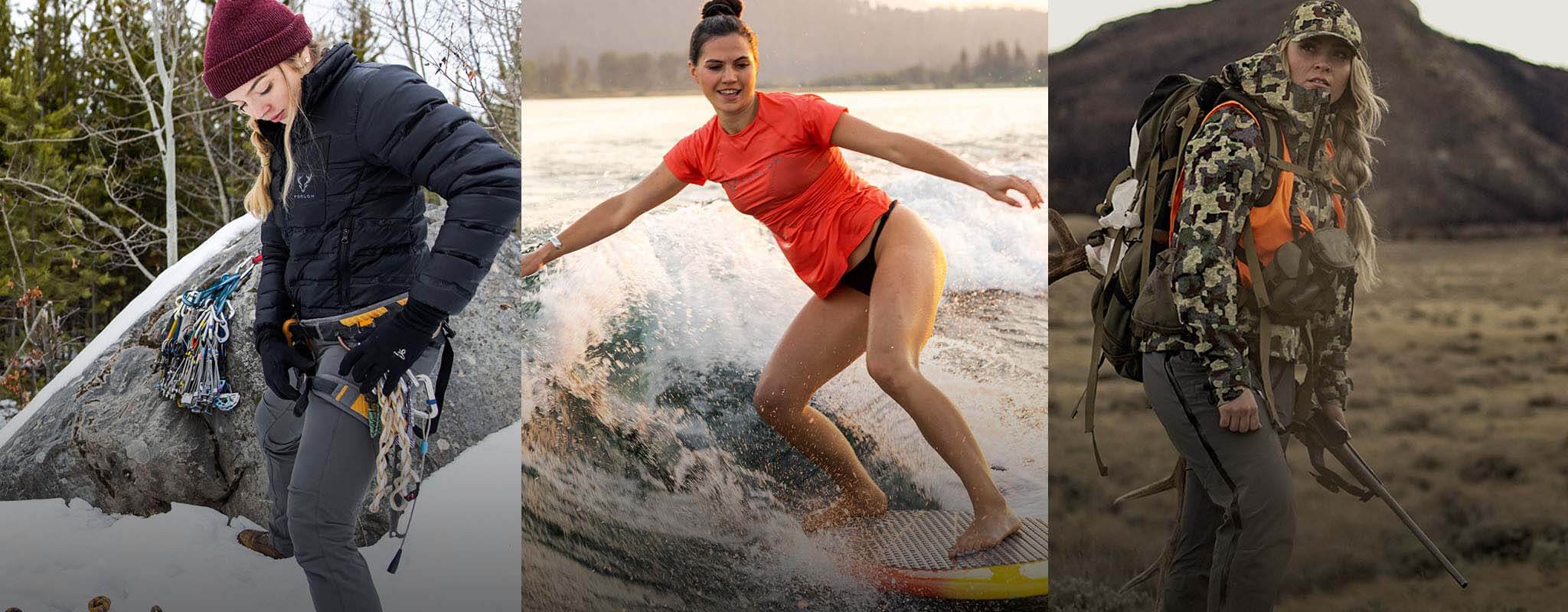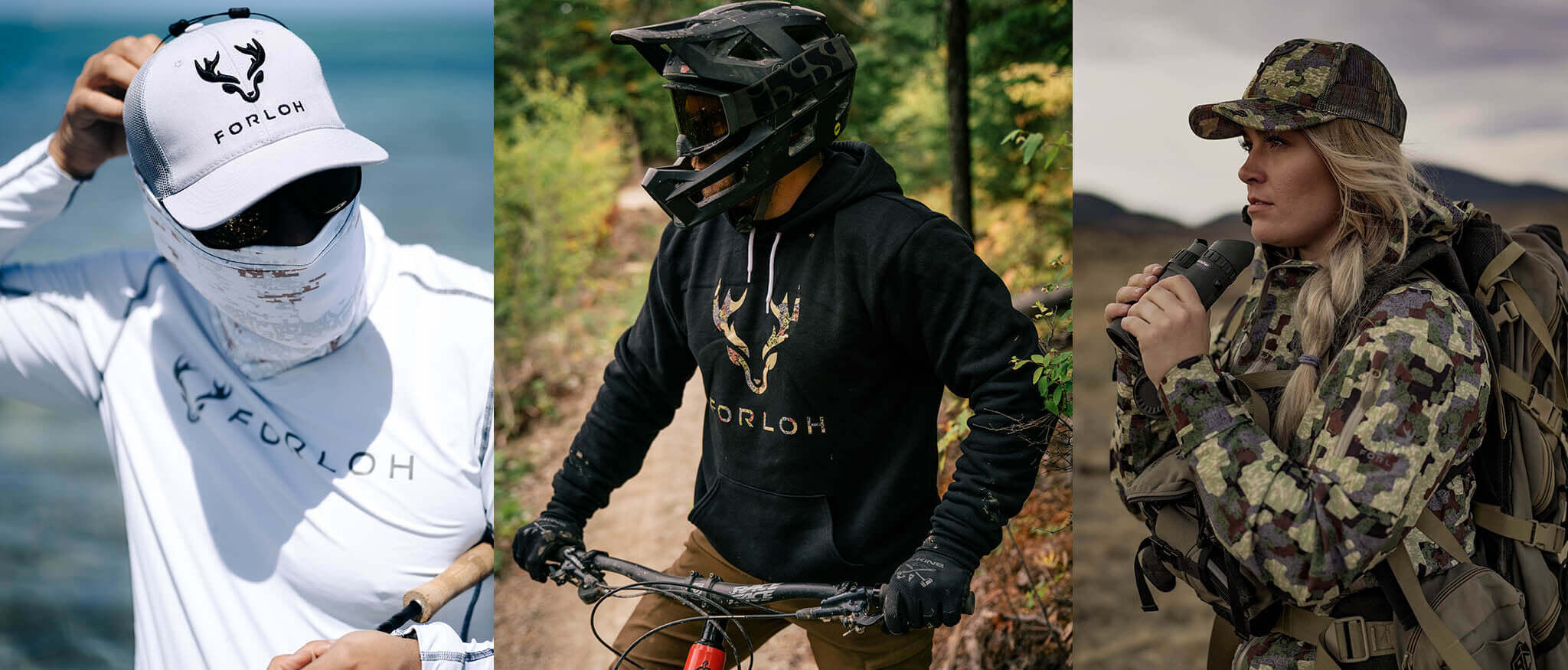-By Everett Headley
Hunters pride ourselves on knowing and finding our quarry. The sense, probably most important to that end, is our sight. Those of us who have spent days peering through the trees to see our animal have unknowingly refined our eyes. How often does a hunter ask someone else, “did you see that?” only to hear “see what?” Passively to the point of instinct, we have elevated our vision to see what attempts to remain unseen.
What are Hunter Eyes
There are two ways to know that you have hunter eyes. The first is you recognize something before you know what it is. This is demonstrated when you jerk the wheel driving down the highway to crane your head because you catch a small black form in the sky with a wing beat pattern you recognize. You know it's a duck, cupping to land, before you really even focus on it. The second is you think you see something before you recognize it. This is more common and more frustrating. While sitting high on a mountain glassing for a spring bear, you scan the other side looking for a black figure and every stump that is rounded off becomes a bear. You stare at it until your eyes need a break from the strain and you declare it to be nothing, until it is.
"Both situations show an eye that has been trained and developed to look for certain patterns and shapes; these are the hunter’s eyes."

How to Train Your Eye
Knowing your target imprints in your mind a search image the brain can easily recognize. The Secret Service (originally created to suss out counterfeits) has their agents learn to spot a fake by studying the original. Agents memorize features and details of the real bill. When they are presented with a fake, their brain immediately spots what is missing.
Hunters can employ the same principle by studying their intended target species. Duck hunters might be the best of us all at this. Because bag limits are often mixed, being able to identify species and sex while on the wing is a requirement. Failure can lead to being over the limit and a citation. This is easy when a large, broad-winged, and slowly flapping swan glides within view. It is far more challenging when a flock of mallards carry a shoveler or two and the drakes are still in eclipse plumage early in the season with a closed season on females. It is the time spent in the field studying these birds that gives sportsmen the edge they need to know when to pull up on the shot. An identification book slipped into a blind bag can be very useful when the action slows mid-morning.
 Pictured: Men's Allclima Softshell Jacket Deep Cover
Pictured: Men's Allclima Softshell Jacket Deep Cover
What to Focus On
"The animals we pursue are designed to blend into their surroundings."
Their survival depends on not being seen. While we wrap ourselves in camo patterns, their strategy is mute coloring and the ability to freeze for interminable amounts of time. In situations where the shadows cover nearly everything, the small details are what will finally give your eye recognition of the animal’s outline. Focus on small details that are likely to be out of place in an area: a white rump becomes fluorescent in a burned out stand of lodgepole. Slight, involuntary movements can also give away an animal's presence. Ungulates will turn their ears to listen for danger while keeping their head stationary and sometimes when they are on full alert, all you will see is an eye blinking. Scanning with a similar motionlessness and allowing just your eyes to move across the scene can force you to slow your visual intake and analyze the information more thoroughly.
 Pictured: Men's AllClima Rain Jacket Deep Cover
Pictured: Men's AllClima Rain Jacket Deep Cover
What to Look for When Animals Aren’t Present
Even when there isn't game to be seen, there is still evidence that tells of their presence. Most often it is these signs that are seen first that alert a hunter to the quarry being nearby. The word for these is “spoor,” an old German word meaning “trace.” Spoor can be divided into ‘tracks’ and ‘sign’. Tracks are the impressions left by feet (and sometimes tails) and ‘sign’ is evidence of an animal’s disturbance of an area. A wallow several yards across, with deep hoof prints, and smelling strongly of urine is a clear sign of elk. Usually, most ‘sign’ is subtle and requires a hunter to actively scan for it until it becomes second nature for the mind to pick it out.
"Each species has unique behaviors, Tracks, and ‘sign’ that experienced hunters can interpret as they track."

Know Where to Look
Knowing where to look is just as important as what. This is more than just knowing that deer will be in the field instead of the parking lot at Walmart (unless you live in Missoula, Montana). It is about finding the “spot within the spot.” When undisturbed, animals have patterns that help to eliminate unproductive areas. Areas that have transitions (from forest to meadow), the time of day and year, and migration patterns are important when narrowing potential areas. Utilizing good quality optics and scanning using a grid pattern, increase the efficiency and likelihood of spotting an animal. Looking for what doesn’t belong is also just helpful; an black rock overturned amongst a field of white is a good indicator of a disturbance.
About the Author: Everett Headley is an outdoor writer and educator. He was raised hunting and fishing in Montana. He lives in the Bitterroot with his Chesapeake Bay retriever, Cane, and his peregrine falcon, Freyja. You can find more of his work on Instagram @everettheadley.
Related: Why Do Hunters Wear Orange?, How To Wash Hunting Clothes, How To Choose The Right Hunting Pack Size, When Should a Hunter Wear a Fall Arrest System?
Shop: Men's AllClima Rain Jacket Deep Cover, Men's Allclima Softshell Jacket Deep Cover







